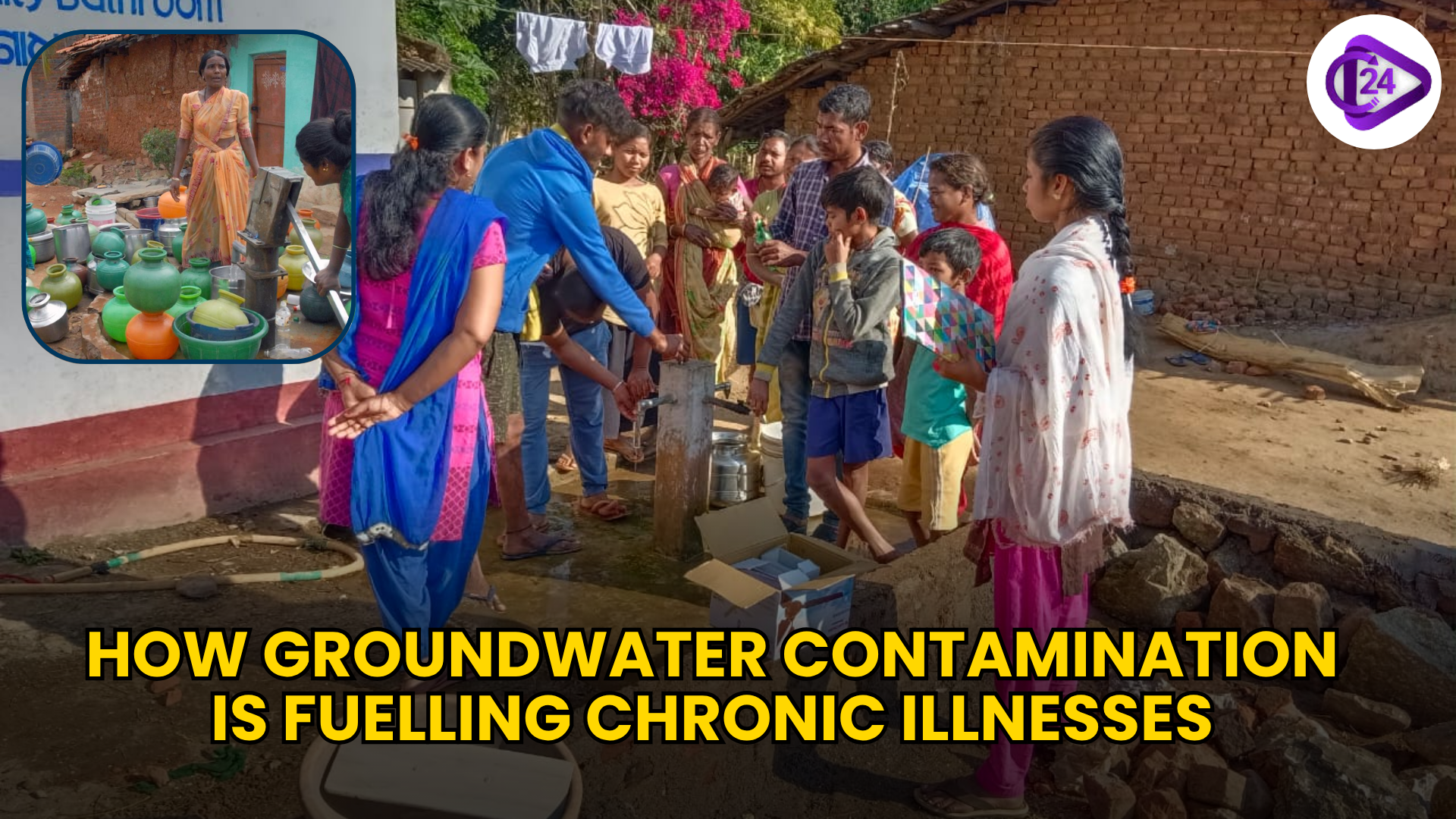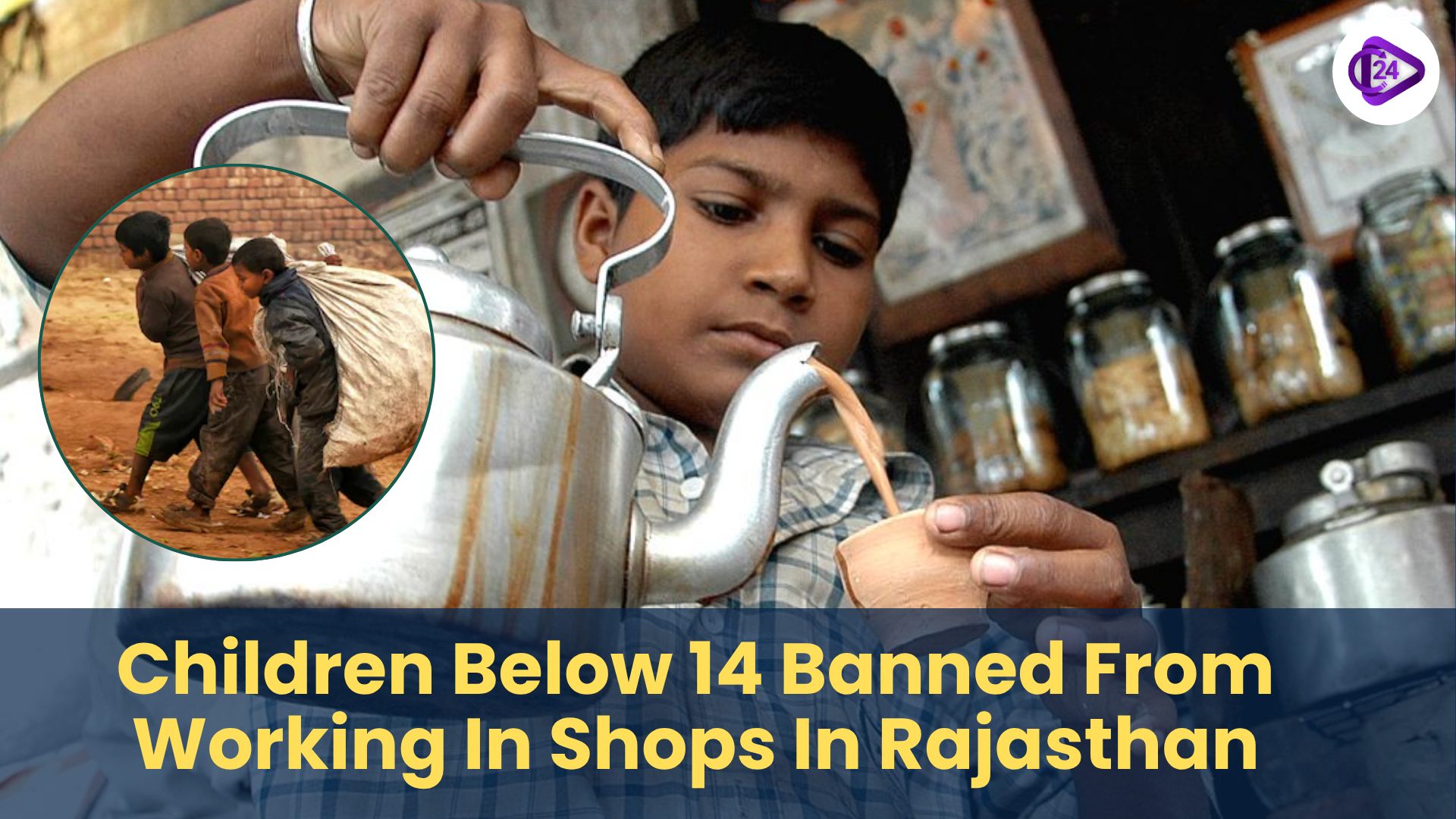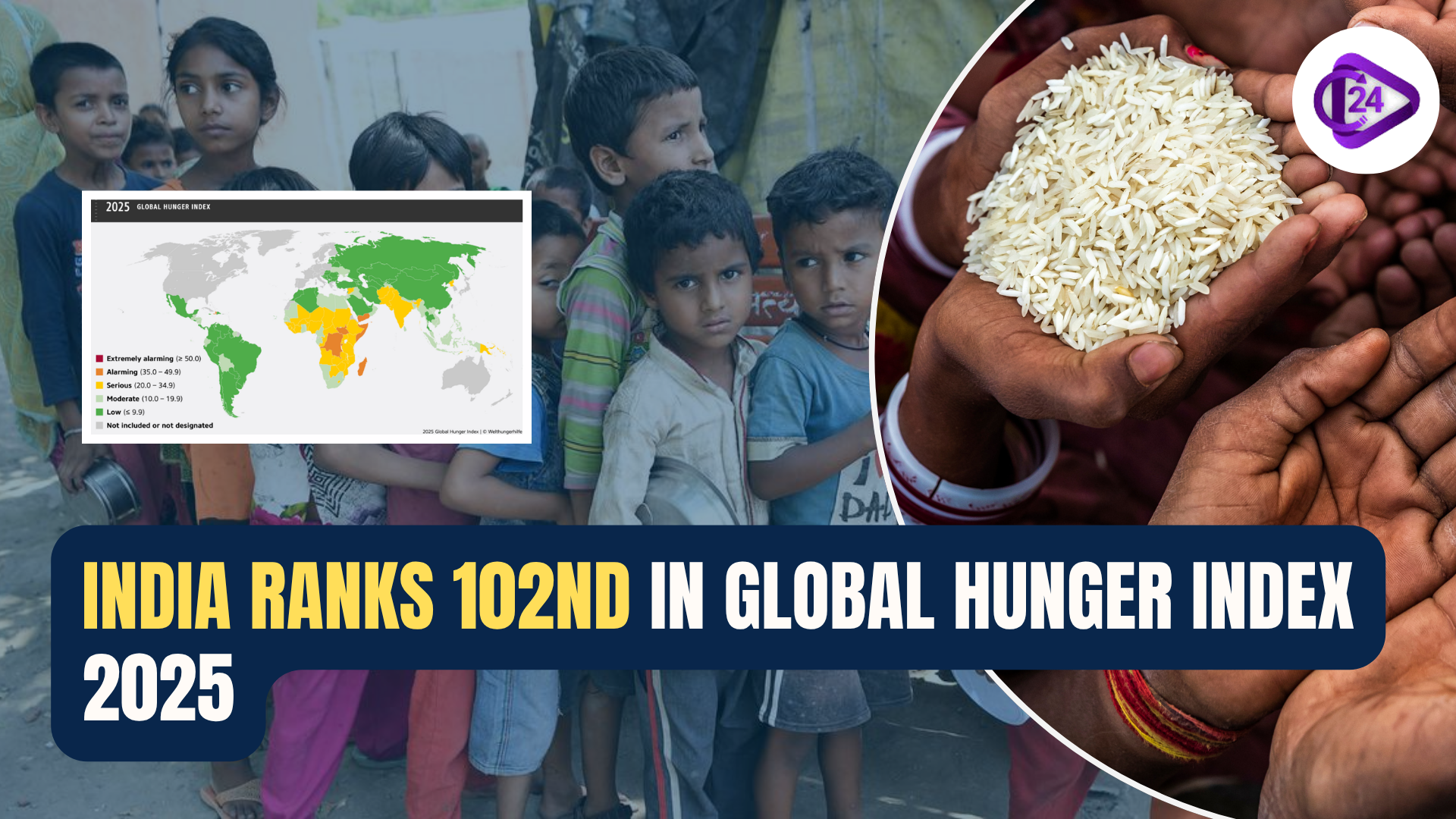
Endowed with great rivers and a monsoon cycle, the nation nonetheless relies on what is underground the most--groundwater. The supply of more than 85% of drinking water and 65% of irrigation water in the countryside come out of aquifers. However this lifeline is turning into a slow poison. India now faces one of the most serious population health threats ever, the silent contamination of groundwater, ironically the very source that seems to be preserving lives in our country, by fluoride, arsenic, nitrates, uranium and heavy metals.
An Epidemic in the Making
Groundwater which was once believed to be pristine has become a toxic cocktail. The report of 2024 CGWB indicates:
-
Nitrates: In 440 districts, 20% of samples show unsafe amounts, mostly due to the overuse of fertilisers, and septic leakages.
-
Fluoride: 9% of samples have more than allowable limits of fluoride, which also resulted in skeletal fluorosis among 66 million of its citizens.
-
Arsenic: Gangetic belt areas are found to have a level of arsenic up to 20 times the WHO standard causing Cancers and nerve disorders.
-
Uranium: Uranium was found to be rising in the agricultural areas through use of fertilisers and over-extraction.
-
Heavy metals: Industrial effluents of lead, cadmium and mercury are harming the brains and immune system of children.
This is not the abstract statistics. A group of 13 died in Budhpur (U.P.) in a few weeks due to kidney failure supposedly caused by industrial effluent. Hundreds were sickened by sewage seepage in Paikarapur (Odisha). In the belts of rural areas, children consume water contaminated with drugs that make them develop and grow shorter in life.
Health Fallout
-
Fluoride ->Dental and skeletal malformations,rogues and stunted growth.
-
Arsenic -> Skin lesions, gangrene, skin cancers, liver, bladder and lung cancers.
-
Nitrates --> incremented infant mortality and Blue baby syndrome.
-
Uranium Chronic kidney disease, organ damage.
-
Heavy metals + developmental delays, anaemia, immune-suppression.
-
Such illnesses are disabling, chronic, and multi-generational ones that have kept the communities chained in the circle of poverty and ill health.
The Reason the Problem Existed
The causes are underneath:
-
Disjointed governance Silo working of several agencies (CGWB, CPCB, SPCBs, Jal Shakti Ministry).
-
Weak enforcement- There are negligible penalties and little coverage of the ground water as far as the Water Act, 1974.
-
Data opacity- the surveillance is infrequent, contamination data is not provided in real-time and in a transparent manner.
-
Industrial impunity Industrial-belt units can enjoy minimum regulation, particularly in peri-urban areas.
-
Over-pumping -Declining water tables clump geogenic poisonous substances, such as fluoride and arsenic.
The Way Ahead
-
The groundwater safety predicament experienced in India needs to be given out as an issue on a nationwide mission level:
-
Law revision - A specific Groundwater Pollution Control Act that has explicit responsibility.
-
Modern surveillance- Real-time monitoring sensor assisted by AI, community dashboards, and other early warning systems connected to health surveillance.
-
Remediation & health action - Removal, florescent dancers and traveling health clinics in susceptible areas (Defluoridation plants, arsenic filters and mobile health camps in at-risk zones).
-
Reforms to waste and effluent New strict zero-liquid discharge standards to industry, Decentralised sewage treatment.
-
Stewards in the community water testing led by Panchayat, citizen science initiative, and local plans of managing aquifers.
Conclusion
The pollution of groundwater is not a problem only of the environment but a human tragedy in the making. The crisis is silent, invisible and slow, still its harm is permanent. When the country waits to act, then we will only know how expensive clean water can be after the wells dry out--not in rupees, but in lives and livelihoods lost.



 PM Modi to Inaugurate India’s First Digital Tribal Freedom Fighters Museum in Naya Raipur
PM Modi to Inaugurate India’s First Digital Tribal Freedom Fighters Museum in Naya Raipur President Appoints Justice Surya Kant as the 53rd Chief Justice of India
President Appoints Justice Surya Kant as the 53rd Chief Justice of India 150th Birth Anniversary of Sardar Vallabhbhai Patel: India Celebrates National Unity Day 2025
150th Birth Anniversary of Sardar Vallabhbhai Patel: India Celebrates National Unity Day 2025 Ministry of Coal Launches Koyla Shakti Smart Analytics Dashboard
Ministry of Coal Launches Koyla Shakti Smart Analytics Dashboard Droupadi Murmu Becomes First Indian President to Fly in Rafale
Droupadi Murmu Becomes First Indian President to Fly in Rafale Rajasthan Bans Employment of Children Below 14 in Shops and Commercial Establishments
Rajasthan Bans Employment of Children Below 14 in Shops and Commercial Establishments India's First Glass Suspension Bridge, Bajrang Setu, Will Redefine Rishikesh Tourism by 2025
India's First Glass Suspension Bridge, Bajrang Setu, Will Redefine Rishikesh Tourism by 2025 NITI Aayog’s ‘We Rise’ Empowers Women Entrepreneurs
NITI Aayog’s ‘We Rise’ Empowers Women Entrepreneurs Harsh Sanghavi Appointed Gujarat Deputy Chief Minister in Major Cabinet Reshuffle
Harsh Sanghavi Appointed Gujarat Deputy Chief Minister in Major Cabinet Reshuffle India Ranks 102nd in Global Hunger Index 2025: Hunger Remains a Serious Challenge
India Ranks 102nd in Global Hunger Index 2025: Hunger Remains a Serious Challenge






